At the start, however, the experience of virtual care was daunting. Georgia found there was a learning curve to using the platform for rehabilitation. In their first sessions, she acted as mediator between Odessa and the therapist: “The challenge was keeping my daughter engaged while shifting my focus and listening to the therapist. And then shifting back to my daughter and executing whatever the strategy was and getting feedback.”
It took time for Georgia and the therapist to identify the best strategy. Eventually, they developed a two-part structure that also involved Georgia’s husband. Having the whole family on board, she said, was incredibly valuable. “We were there as a team,” she said with a smile. Virtual sessions also meant that Georgia and her family had to invest in new technology. “For instance, my daughter had a harder time concentrating when she could hear the clinician,” said Georgia. She had to find a wireless headset to wear during the sessions so the SLP’s voice wouldn’t distract Odessa.
Overall, Georgia felt that the time spent troubleshooting was frustrating: “As a parent, you feel like you’re not utilizing the whole session for therapy.”
When asked what changes could be made to improve telerehabilitation, Georgia was quick to highlight the need for better communication. In her case, the SLP did not consult with her or her husband prior to their first therapy session, and this led to significant time loss. “There was no preparation beforehand,” she said. “I wasn’t asked what I thought might work best for my daughter.”
Furthermore, Georgia pointed out that telehealth care providers should speak with the family about what technology they have at home and how best to set up their environment to make therapy successful. “I think preparation is really the key point here,” she said. “Having an open discussion with the family beforehand instead of problem-solving through sessions.”
Despite these hurdles, Georgia was enthusiastic about the benefits of teletherapy:
“My daughter made amazing – and is making – amazing progress with it!”
To close the session, Annette spoke of the future of telerehabilitation in a post-pandemic world. “There are real benefits to families in terms of accessibility,” she said. “But it’s not necessarily for everybody, and there are limits to what it can and cannot do.” From her perspective, the way forward was to combine the best elements of in-person and virtual care. “I think it’s an opportunity to rethink the ways we assess and intervene,” she said.
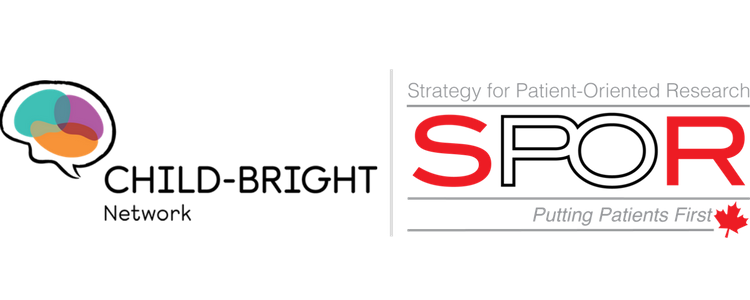

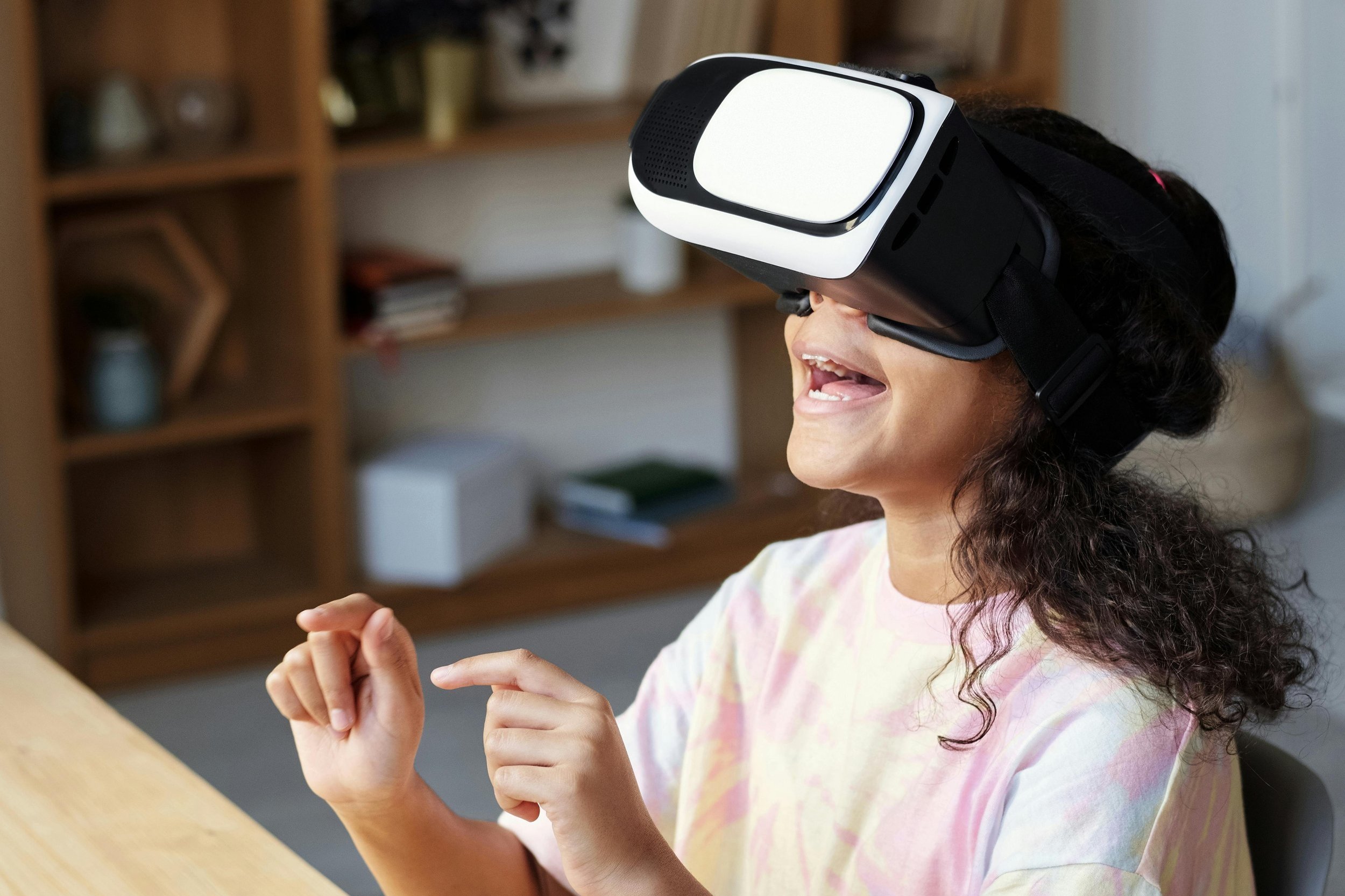

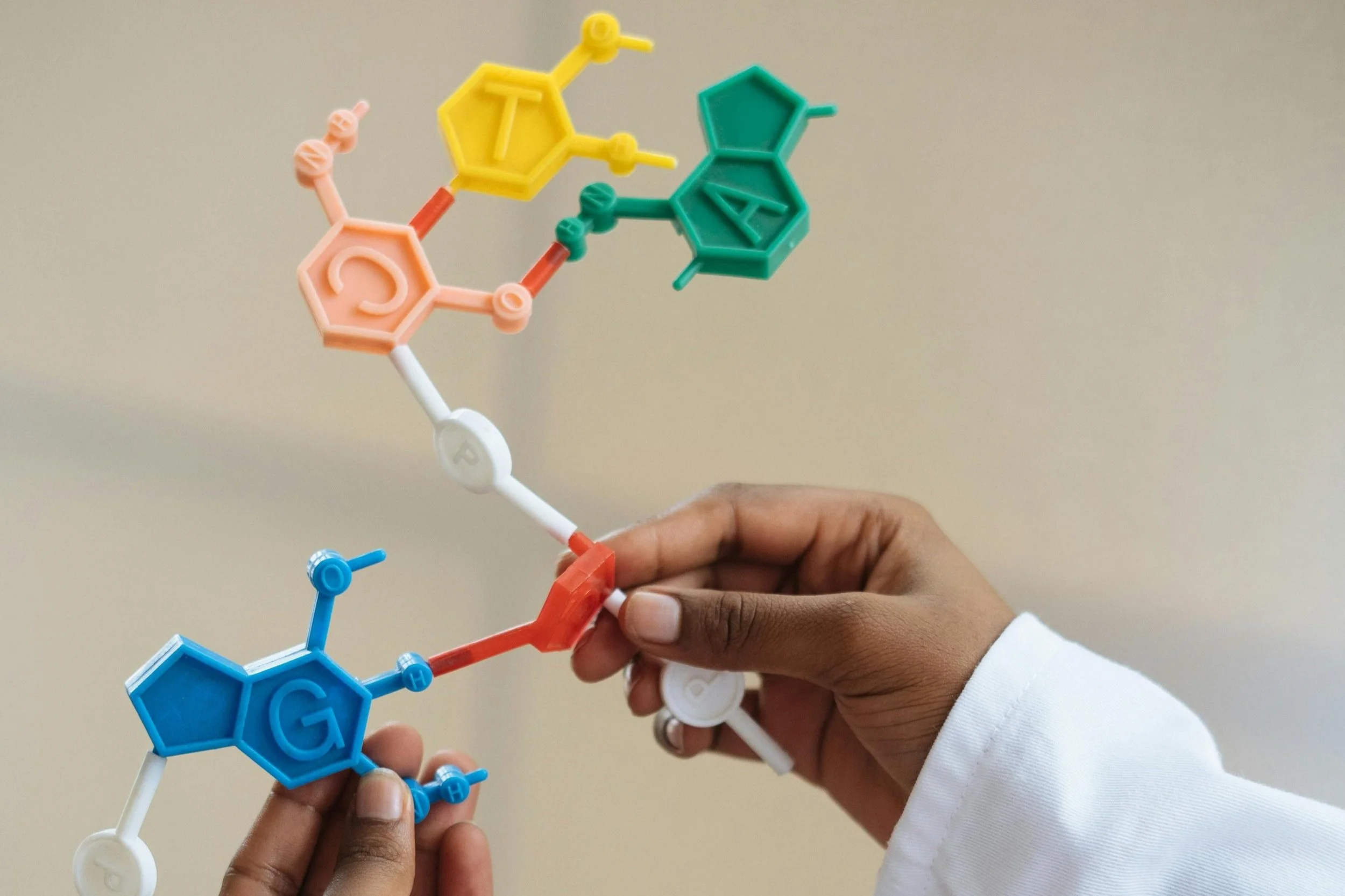
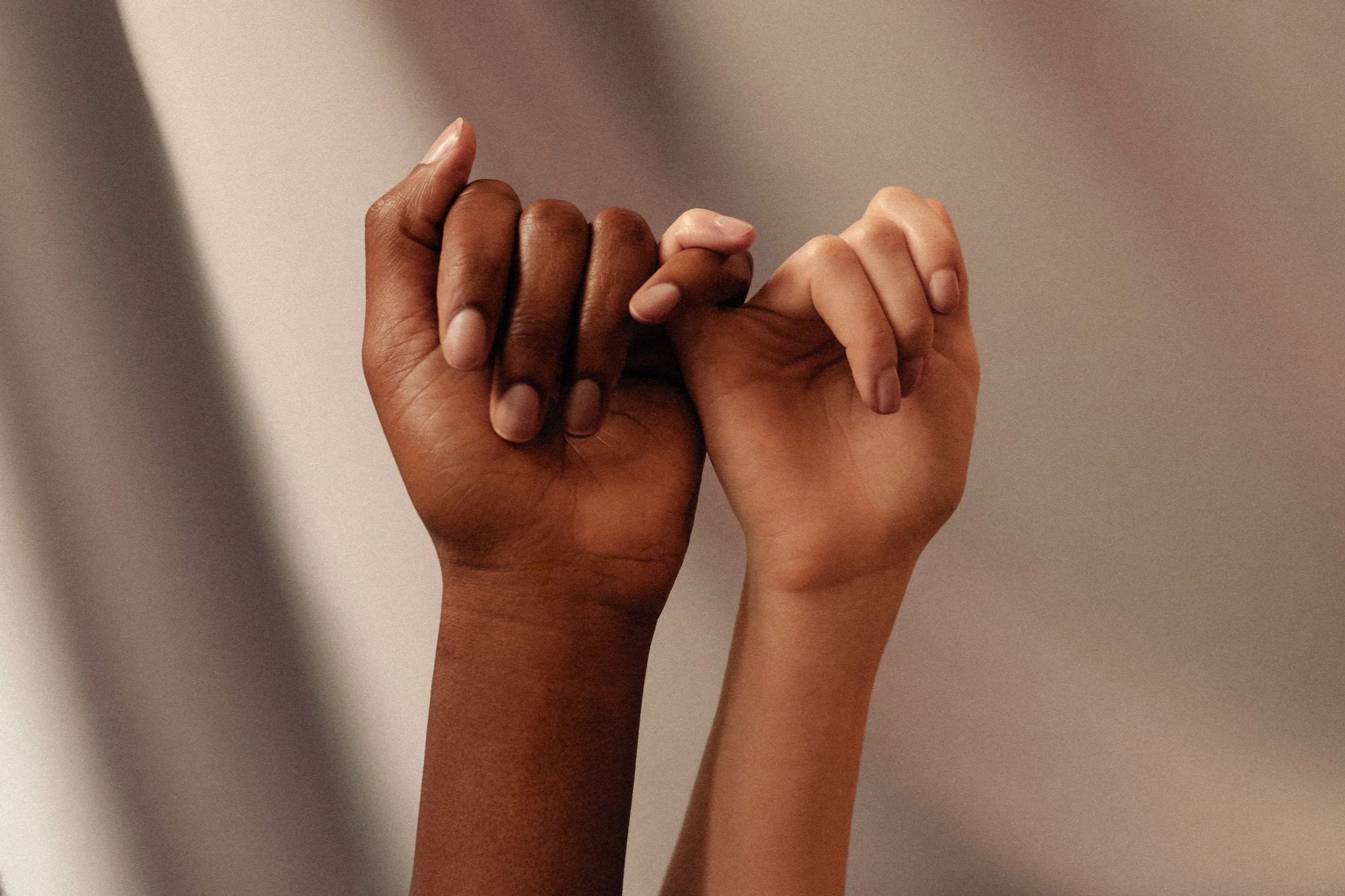


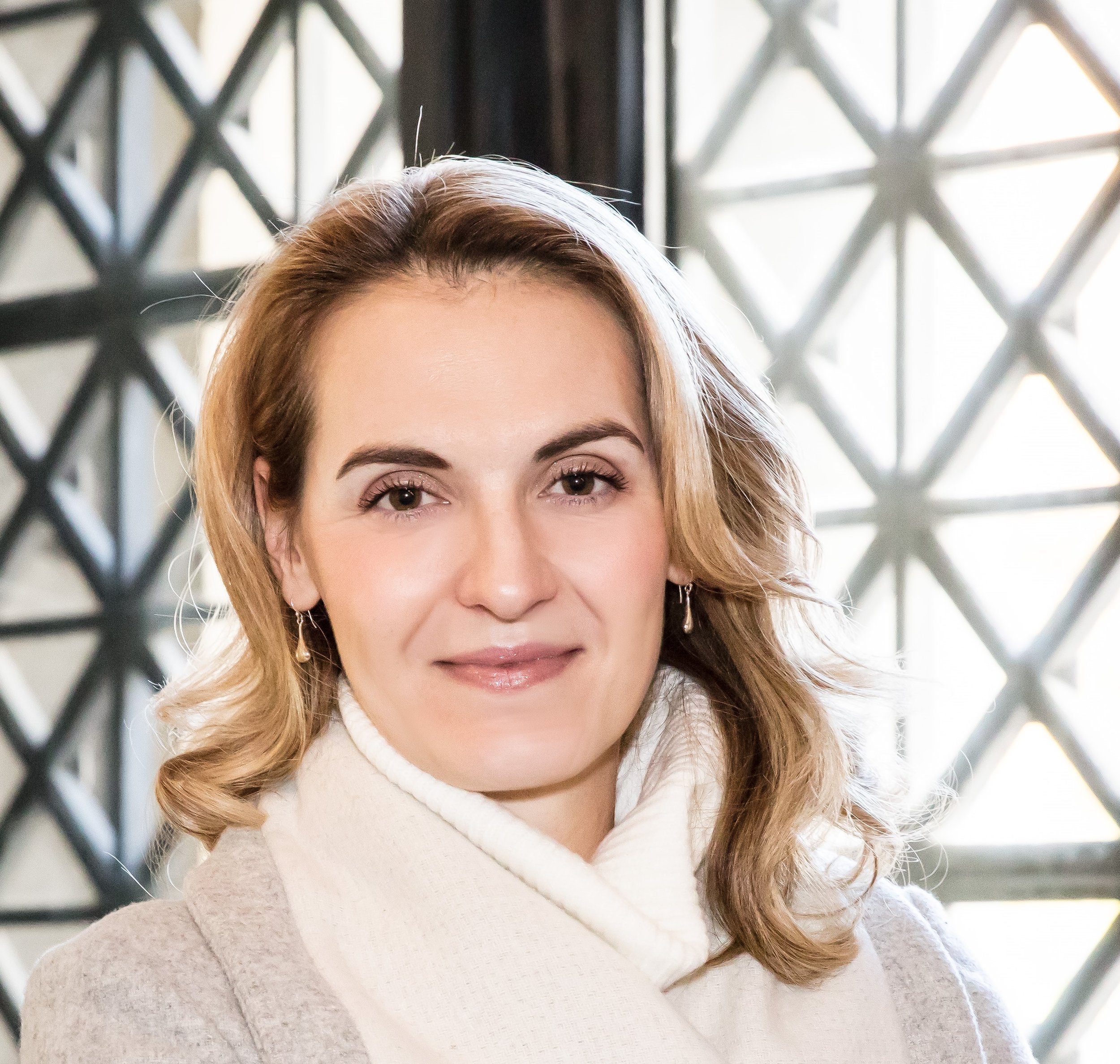



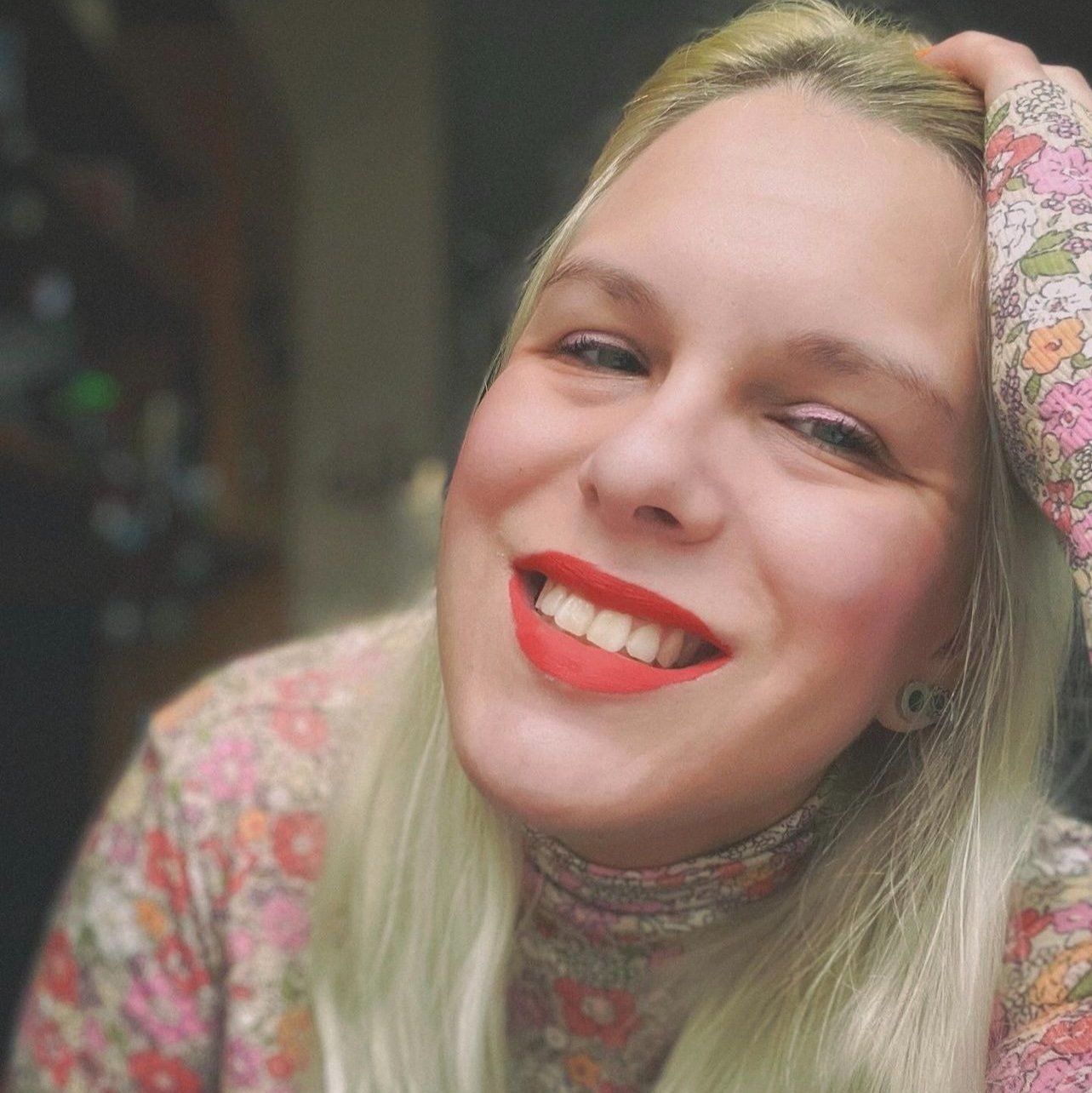
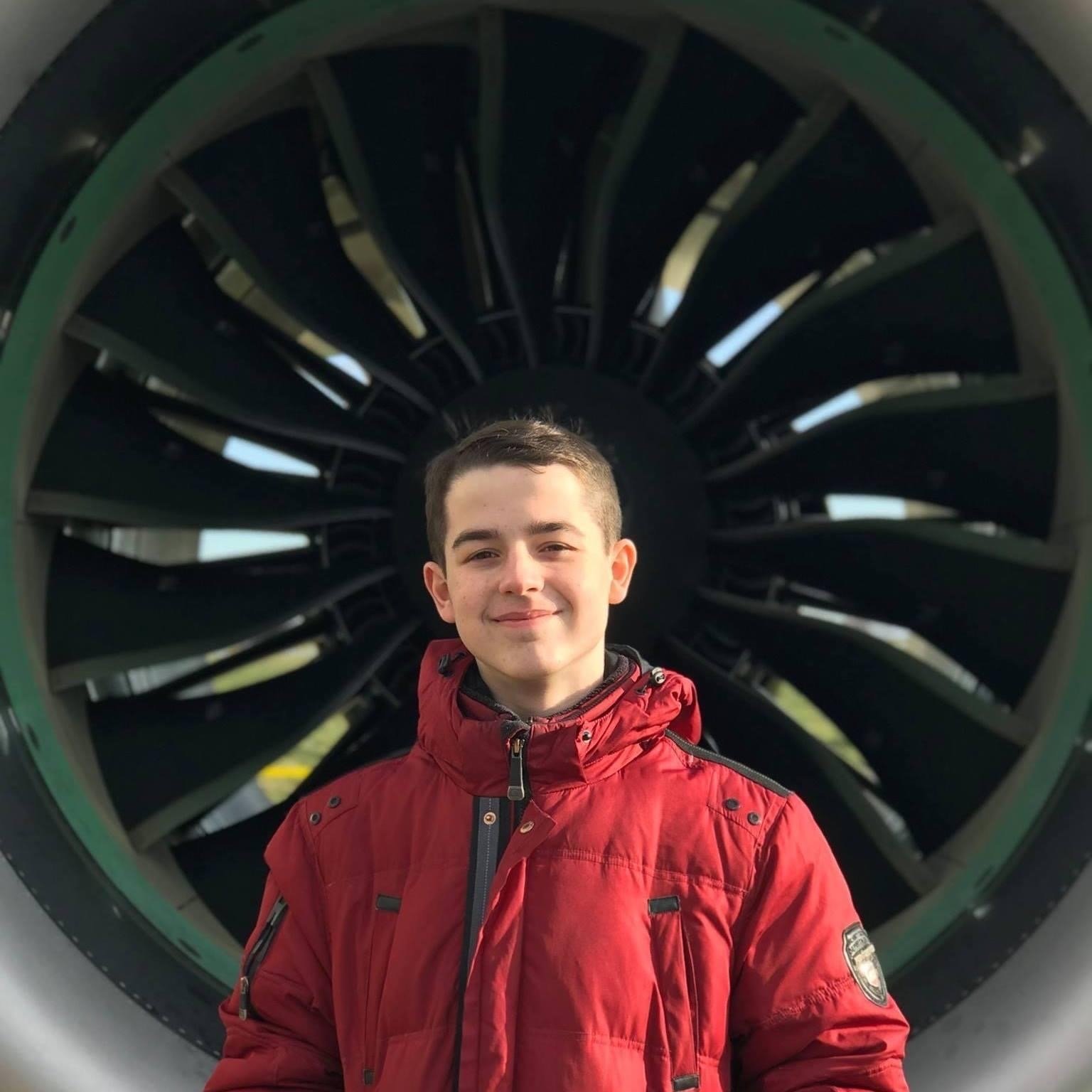






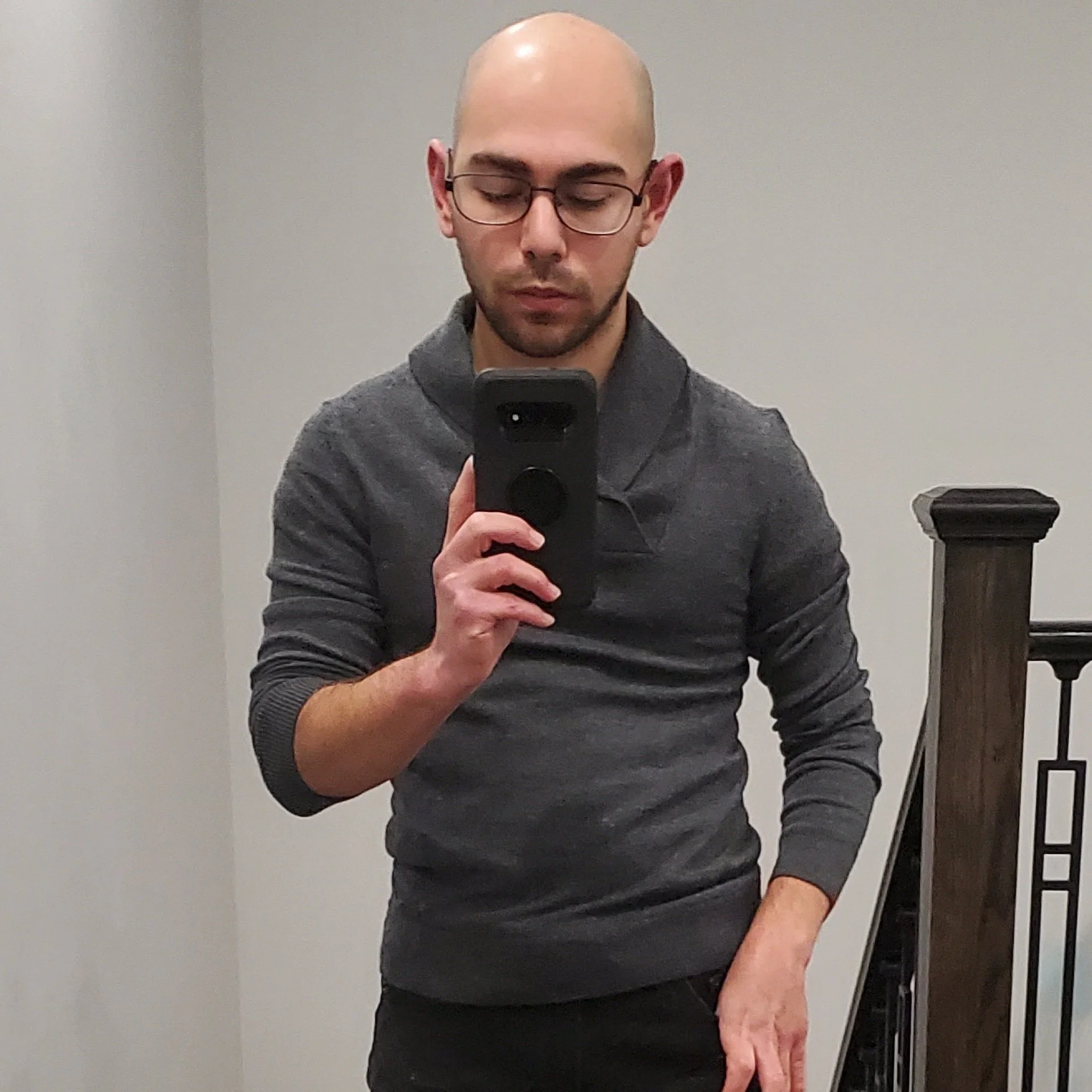
Tommy Akinnawonu
Member, National Youth Advocacy Council
Bio